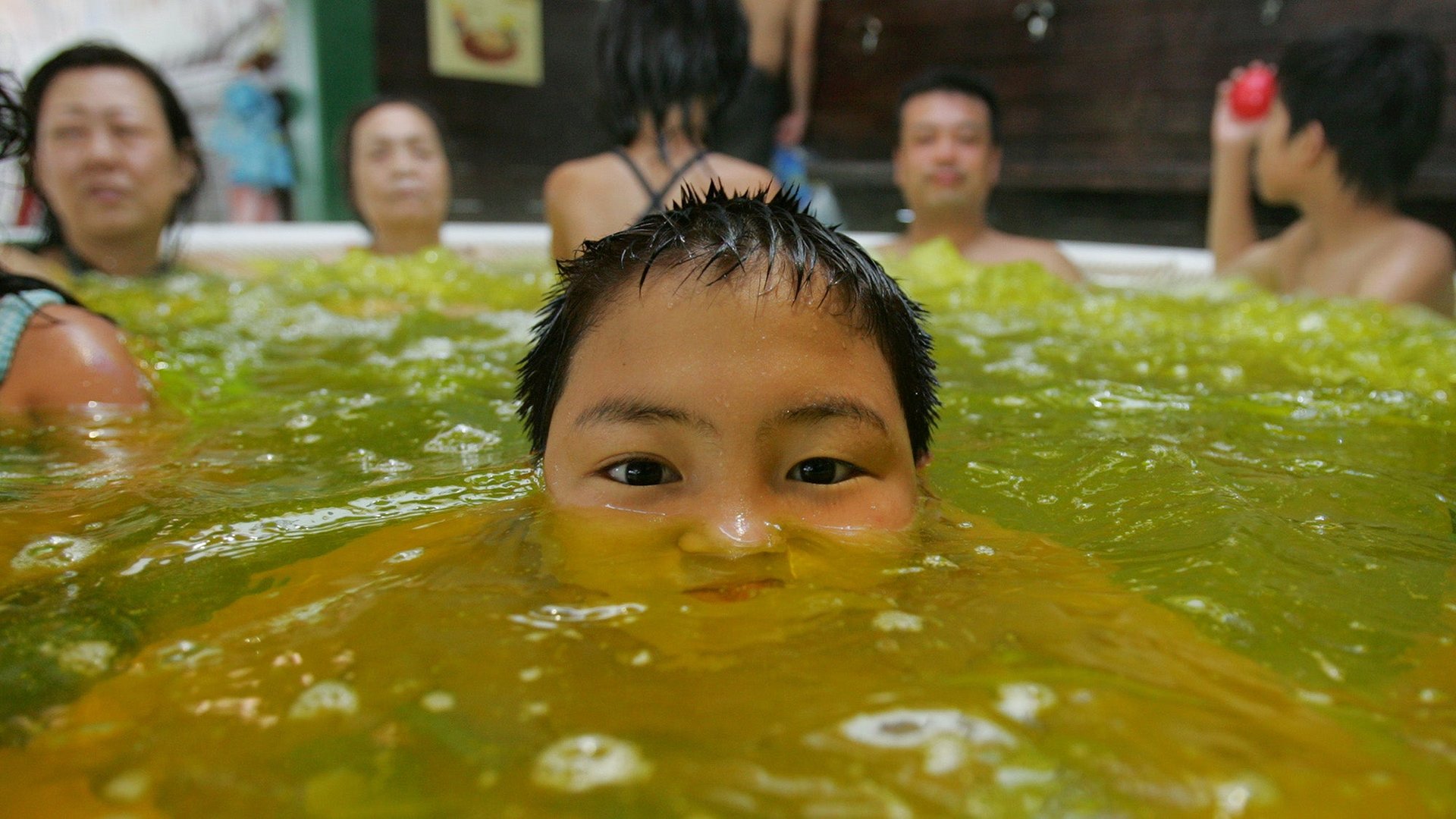Japan’s attempts to tap clean energy are being blocked by spa enthusiasts
Japan has 118 volcanoes and an urgent need for clean energy. But it hasn’t been able to tap its geothermal reserves, partly because of opposition from the spa industry.


Japan has 118 volcanoes and an urgent need for clean energy. But it hasn’t been able to tap its geothermal reserves, partly because of opposition from the spa industry.
The country has the third largest geothermal reserves in the world, but 80% of these are in hot springs or nature reserves. The country’s 3,000 hot springs, known as onsen, are famed for their health benefits, giving rise to a $28.6 billion industry that serves some 120 million people visiting 21,000 spas and inns each year.
Japan relies on fossil fuels for as much as 86% of its energy needs. It bet big on nuclear power but suffered a setback following the 2011 Fukushima meltdown. Only two of Japan’s 42 nuclear reactors have been restarted since the crisis, amid a tide of public distrust of nuclear power.
Under pressure to reduce carbon emissions, Japan has been slow to tap its own clean-energy resources, despite being the world leader in geothermal turbines. Iceland, which gets the bulk of its energy from geothermal power, has almost all of its turbines made in Japan. Analysts estimate that Japan’s geothermal reserves could meet 10% of its electricity needs. Yet its 18 plants generate just 2% of a potential 23 gigawatts of geothermal power. Why?
Partly because of the nuclear bet—funding for geothermal energy dried up as officials prioritized atomic power—but also because Japan loves its baths. Building or even surveying possible sites for geothermal power plants requires digging. And onsen owners don’t like that. Many bathhouses have been around for thousands of years, family businesses handed from generation to generation. Some provide livelihoods to entire towns.
“Geothermal plants can lower the temperature of the springs, as well as deplete [water] volume,” a spokesperson for the Japan Spa Association, which has 1,200 members, told Bloomberg. ”We can’t support the government’s plan to loosen regulations.”
Today, geothermal projects account for less than 0.1% of projects under Japan’s clean-energy program. Partly because of the spa association’s opposition, most of the program’s incentives ended up supporting solar energy.
Geothermal projects are hard to get off the ground, because assessments and survey drilling can take as long as nine years with no guarantee a site will turn out to be workable. A 20-megawatt geothermal plant can cost as much as $7 million to assess, with a further $20 million to $40 million to complete drilling.
There are, however, signs of growing interest in geothermal power, perhaps driven by a public drive for clean energy in the wake of Fukushima. In 2014, Chuo Electric Power opened Japan’s first new geothermal plant in 15 years by sharing profits with local residents at a hot spring resort. Chuo says it plans to open five more plants over the next five years. Its approach suggests that less controversy is courted by small plants that operate at lower temperatures and therefore do not require deeper wells nor draw extra water from the ground, allowing the Japanese to cut emissions but keep their onsen.